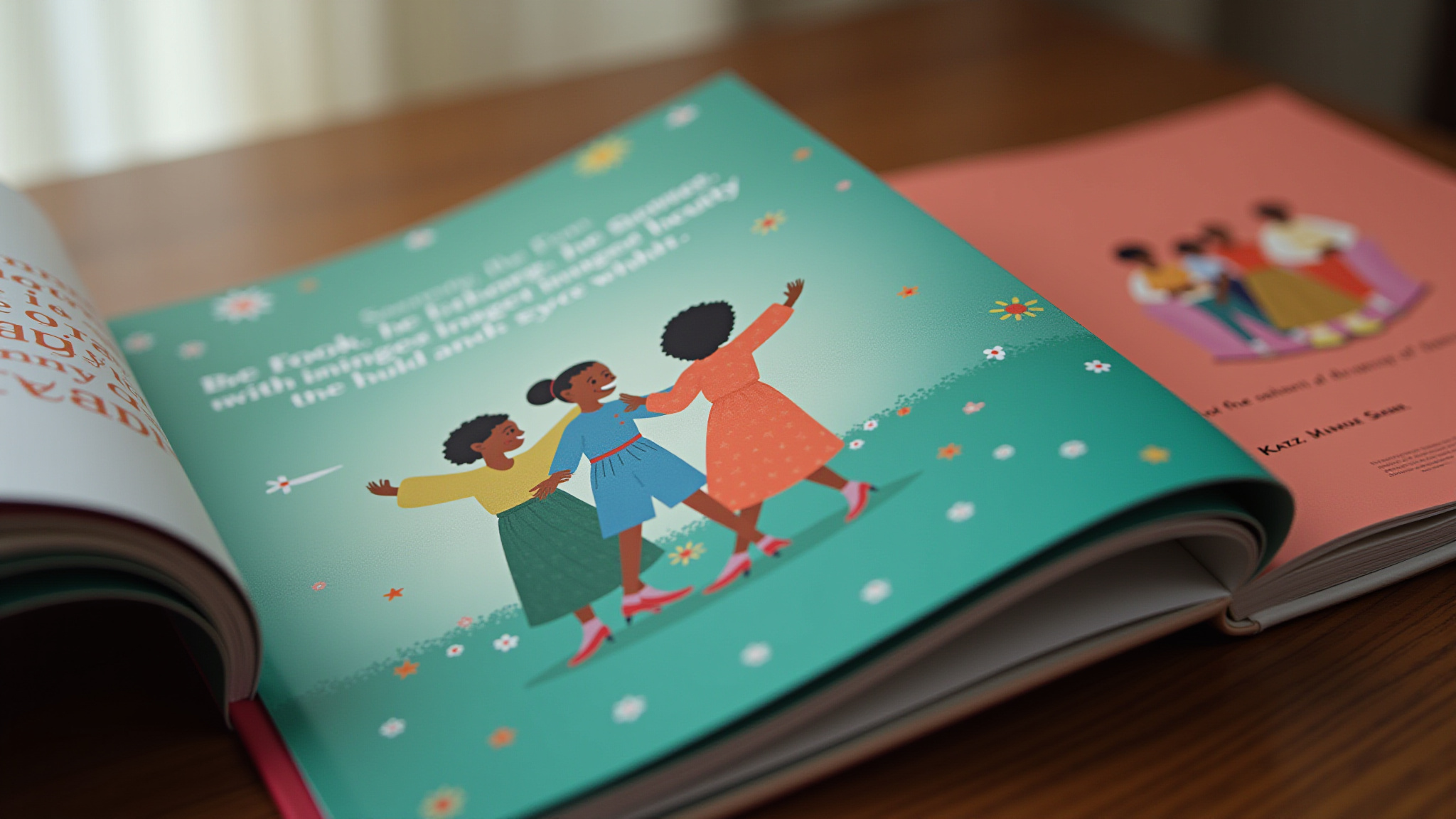Parenting for Social Justice: Children's Media Assignment
Sesame Street: “We’re Different, We’re the Same”
Welcome to a deep analysis of Sesame Street that addresses themes of equity, identity, and justice.


ABOUT
This Sesame Street segment teaches that people have many differences, such as skin color, hair, families, or abilities, but we all share similar feelings and needs. The video uses music, simple visuals, and friendly characters to encourage empathy, understanding, and community. The segment features racially diverse kids and adults, as well as Muppets with different appearances. While the diversity is positive, some moments risk feeling shallow because they don’t dive deeply into lived experiences or inequality. The clip shows kindness but does not name systems of power, discrimination, or injustice. Kids see acceptance but not how to challenge unfairness in real life.
Strengths and Limitations
Strengths
-
Uses age-appropriate language to teach diversity and belonging.
-
Models empathy and positive peer interactions.
-
Normalizes difference in a friendly, gentle way.
Limitations
-
The “we’re the same” message risks promoting colorblindness.
-
Representation is present but not explained.
-
Lacks examples of children taking action for fairness.





